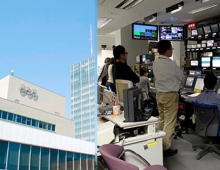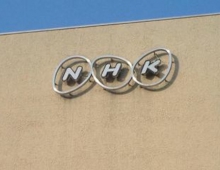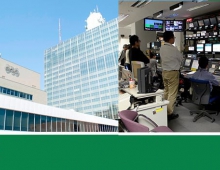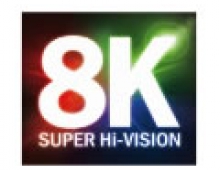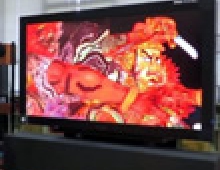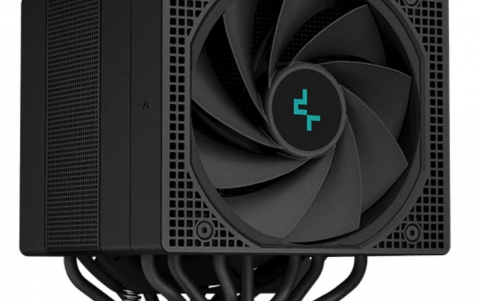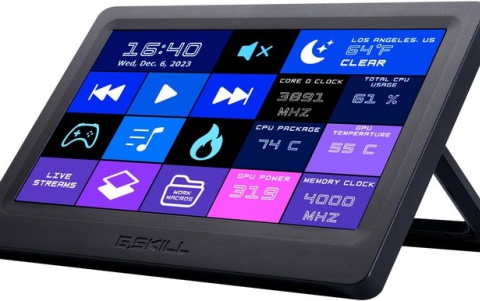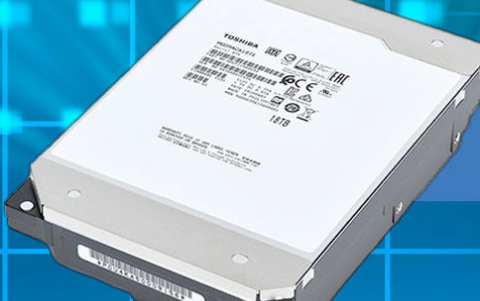
NHK Succesfully Transmits Super Hi-Vision Video
Japan public broadcaster NHK today announced that it has succesfully transmitted Super Hi-Vision (7,680 x 4,320) video using terrestrial transmission technology.
 Super Hi-Vision is an ultra-high-definition video format being developed by NHK for next-generation TV broadcasting.
Super Hi-Vision is an ultra-high-definition video format being developed by NHK for next-generation TV broadcasting.
NHK has developed a high-capacity transmission technology for the next-generation broadcasting system and conducted successful field tests in which the signal was transmitted using two channels (UHF31, 34) at a bit rate of 183.6Mbps and it was correctly received at a distance of 4.2km.
The transmission system uses ultra-multilevel OFDM and dual-polarized MIMO technologies. Ultra-multilevel OFDM increases transmission capacity by extending the carrier modulation scheme. The company also used the dual-polarized MIMO technology, which enables two different signals to be transmitted simultaneously using horizontally and vertically polarized waves. It also accurately separates and demodulates the two signals. In addition, Low Density Parity Check Low (LDPC) error correction method was used to maintain the integrity of the transmitted data.
NHK is planning public previews of its developing Ultra High Definition (UHDTV) television system, and expects trials of UHDTV broadcasting to begin in Japan in the following years.
 Super Hi-Vision is an ultra-high-definition video format being developed by NHK for next-generation TV broadcasting.
Super Hi-Vision is an ultra-high-definition video format being developed by NHK for next-generation TV broadcasting.
NHK has developed a high-capacity transmission technology for the next-generation broadcasting system and conducted successful field tests in which the signal was transmitted using two channels (UHF31, 34) at a bit rate of 183.6Mbps and it was correctly received at a distance of 4.2km.
The transmission system uses ultra-multilevel OFDM and dual-polarized MIMO technologies. Ultra-multilevel OFDM increases transmission capacity by extending the carrier modulation scheme. The company also used the dual-polarized MIMO technology, which enables two different signals to be transmitted simultaneously using horizontally and vertically polarized waves. It also accurately separates and demodulates the two signals. In addition, Low Density Parity Check Low (LDPC) error correction method was used to maintain the integrity of the transmitted data.
NHK is planning public previews of its developing Ultra High Definition (UHDTV) television system, and expects trials of UHDTV broadcasting to begin in Japan in the following years.

